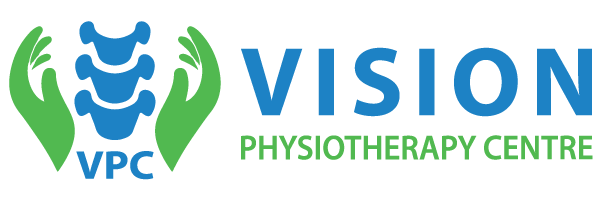Treatment of Parkinson's Disease
What is Parkinson’s Disease?
Parkinsonism Treatment can vary depending on the underlying cause of the condition and may involve lifestyle modifications, and occupational therapy to manage the symptoms and improve quality of life.
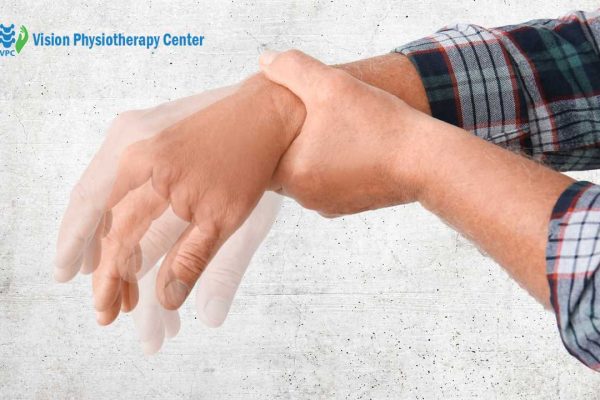
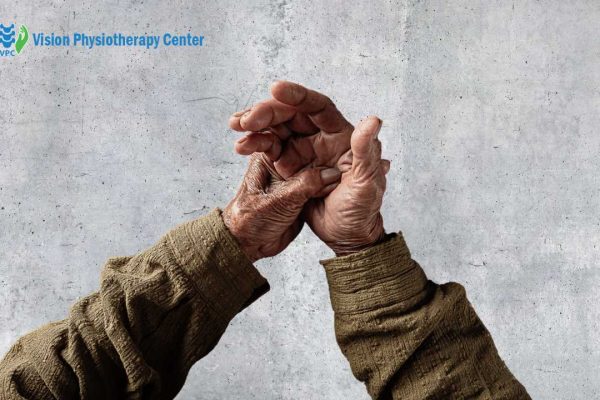
Treatment Options of Parkinson's Disease
What are the Symptoms of Parkinson's Disease and How Does it Impact Patients?
Tremors:
These are involuntary shaking movements, often in the hands, that typically occur at rest.
Bradykinesia:
This is a slowness of movement and difficulty initiating movement, which can make everyday tasks like walking, dressing, or eating difficult.
Muscle Rigidity:
Muscle rigidity: Stiffness or rigidity in the arms, legs, or trunk, which can make movement uncomfortable and difficult.
Postural Instability:
This refers to a reduced ability to maintain balance and an increased risk of falling.
Changes in Speech:
Parkinson's disease can cause changes in speech, including a softening or slowing of speech, slurring, or monotone.
Loss of Automatic Movements:
Parkinson's disease can also affect automatic movements, such as blinking or swinging the arms while walking.
Cognitive Changes
: In some cases, Parkinson's disease can cause cognitive changes, such as memory loss or difficulty concentrating.
Depression and Anxiety:
Parkinson's disease can also have a significant impact on a person's mental health, leading to depression, anxiety, or other mood disorders.
Treatment Option of Parkinson's Disease
Additionally, physiotherapy can also play a crucial role in managing Parkinson’s Disease Treatment in Bangladesh by improving mobility, strength, and balance. Physiotherapy exercises can help reduce the risk of falls and improve the quality of life for people with Parkinson’s disease. Therefore, a combination of medication and physiotherapy can be an effective approach in managing the symptoms of Parkinson’s disease.
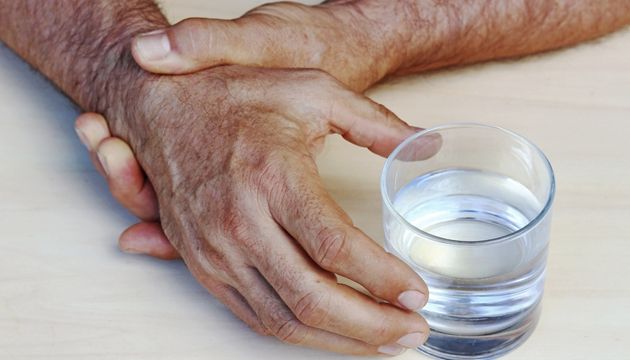
Physiotherapy Treatment of Parkinson's Disease
Advances in Parkinson's Disease Treatment
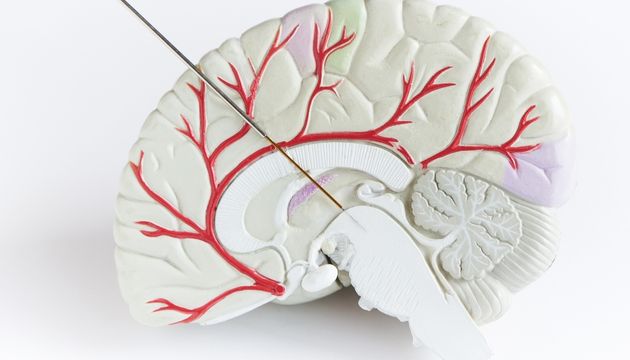
Combination Therapy:
Maximizing Outcomes in Parkinson's Disease Treatment
Parkinson’s disease is a neurodegenerative disorder that results in the gradual loss of movement and coordination. There is no cure for Parkinson’s disease, but there are various treatments available that can help manage symptoms. Some of the most common treatments include medication, physical therapy, and surgery.
Alternative Treatments for Parkinson's Disease:
Diet, Supplements, and Yoga.
Why Vision Physiotherapy Center is Best
for Parkinson's Disease Rehabilitation?
Vision Physiotherapy Center in bd can be an excellent choice for Parkinson’s disease rehabilitation because it offers specialized services that are tailored to meet the specific needs of individuals with Parkinson’s disease. As mentioned earlier, physiotherapy can play a crucial role in managing Parkinson’s disease by improving mobility, strength, and balance.
Vision physiotherapists in Dhaka are trained to develop personalized exercise programs that can help reduce the risk of falls, improve overall mobility, and enhance the quality of life for people with Parkinson’s disease.
Vision Physiotherapy Center in Banani can be an excellent choice for Parkinson’s disease rehabilitation because it offers specialized services, evidence-based approaches, and experienced physiotherapists who can develop personalized treatment plans to address the specific needs of people with Parkinson’s disease.
Additionally, the combination of medication and physiotherapy can be an effective approach in managing the symptoms of Parkinson’s disease, and Vision physiotherapy Center in Uttara can play an essential role in that approach.

